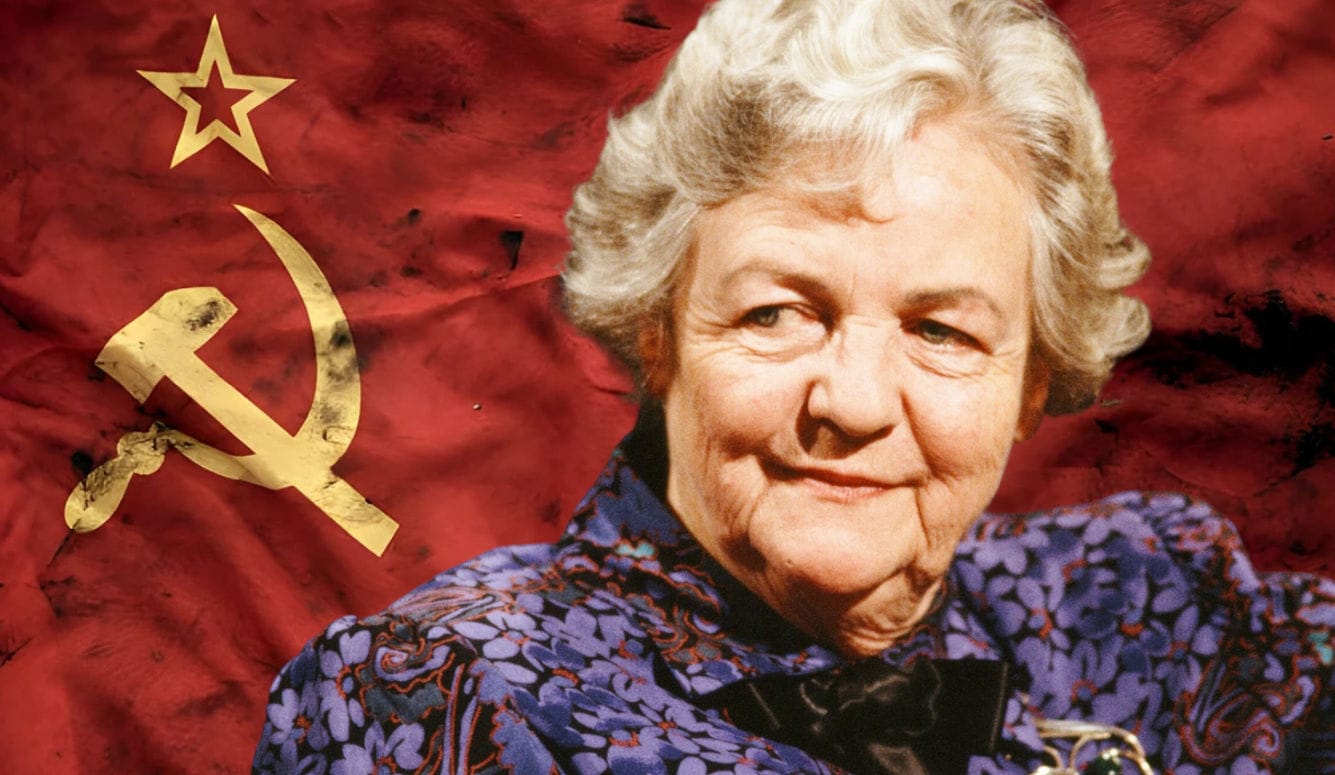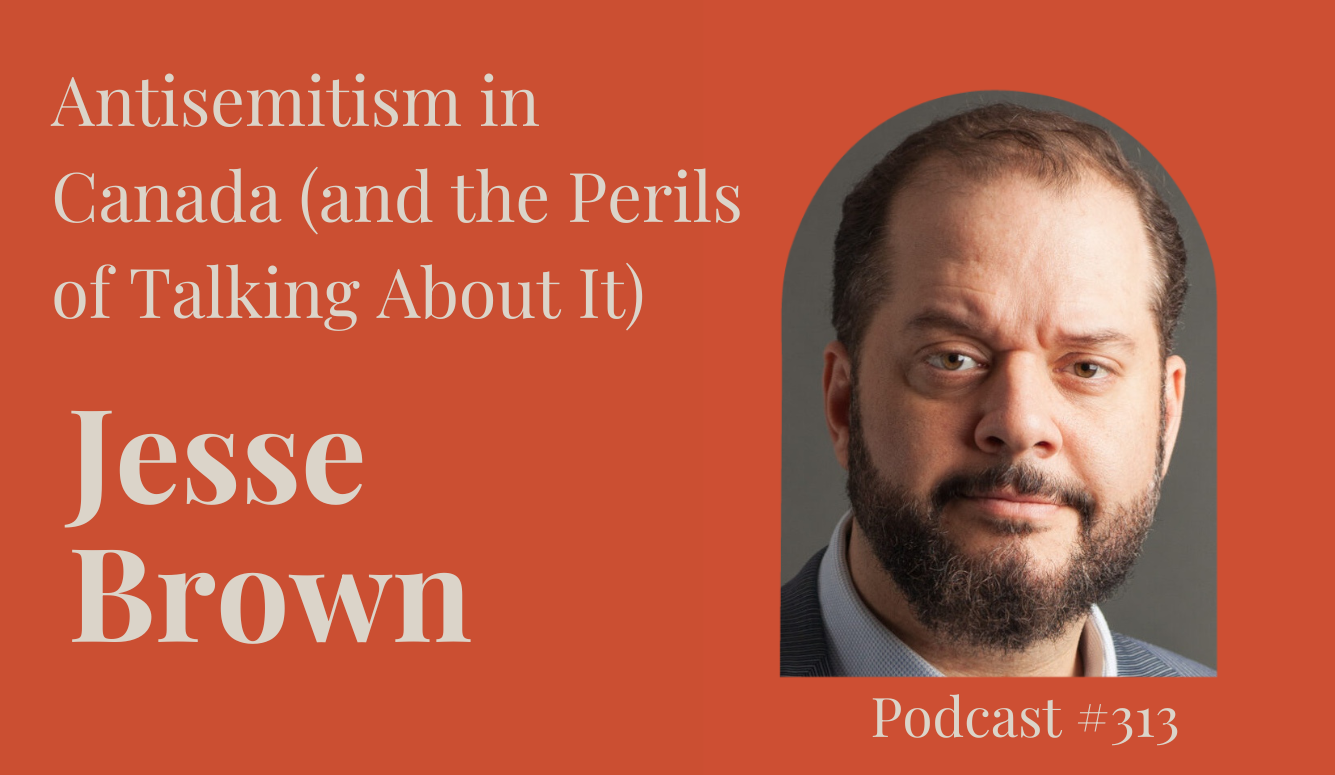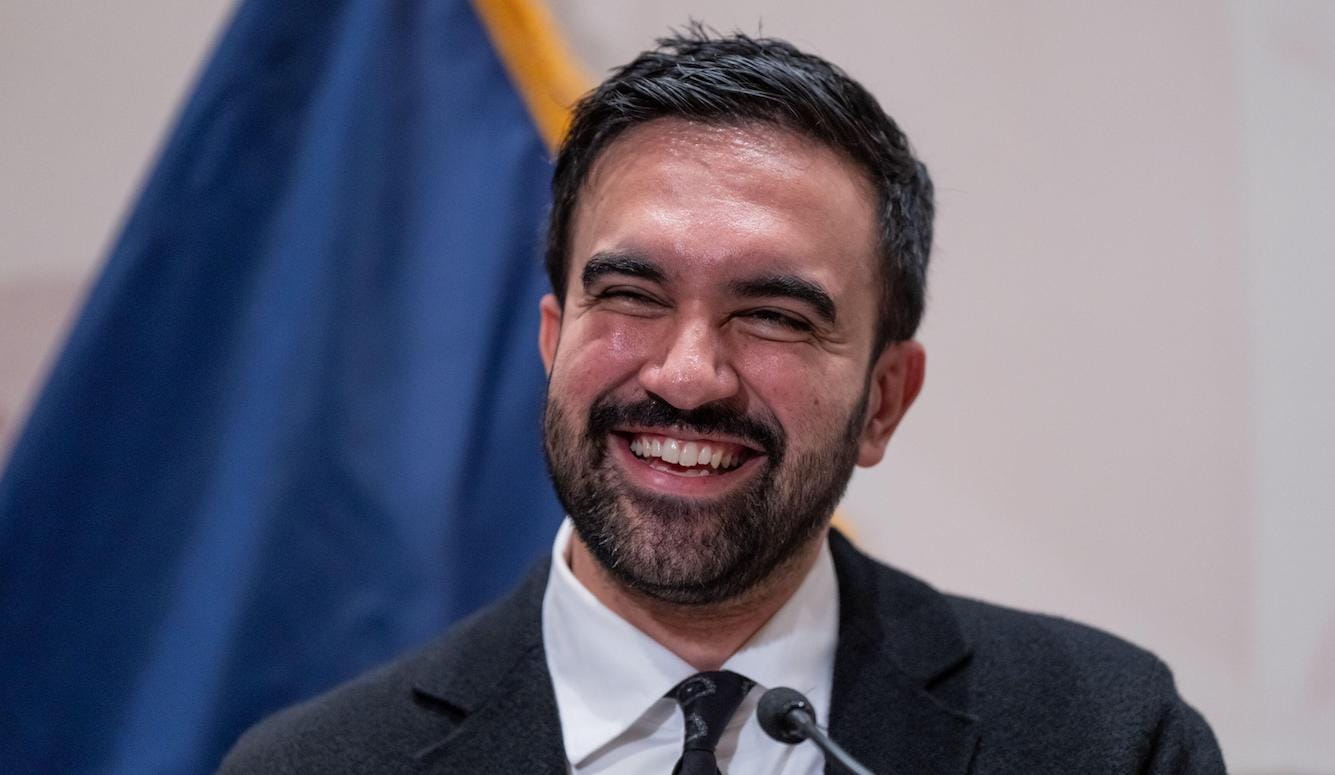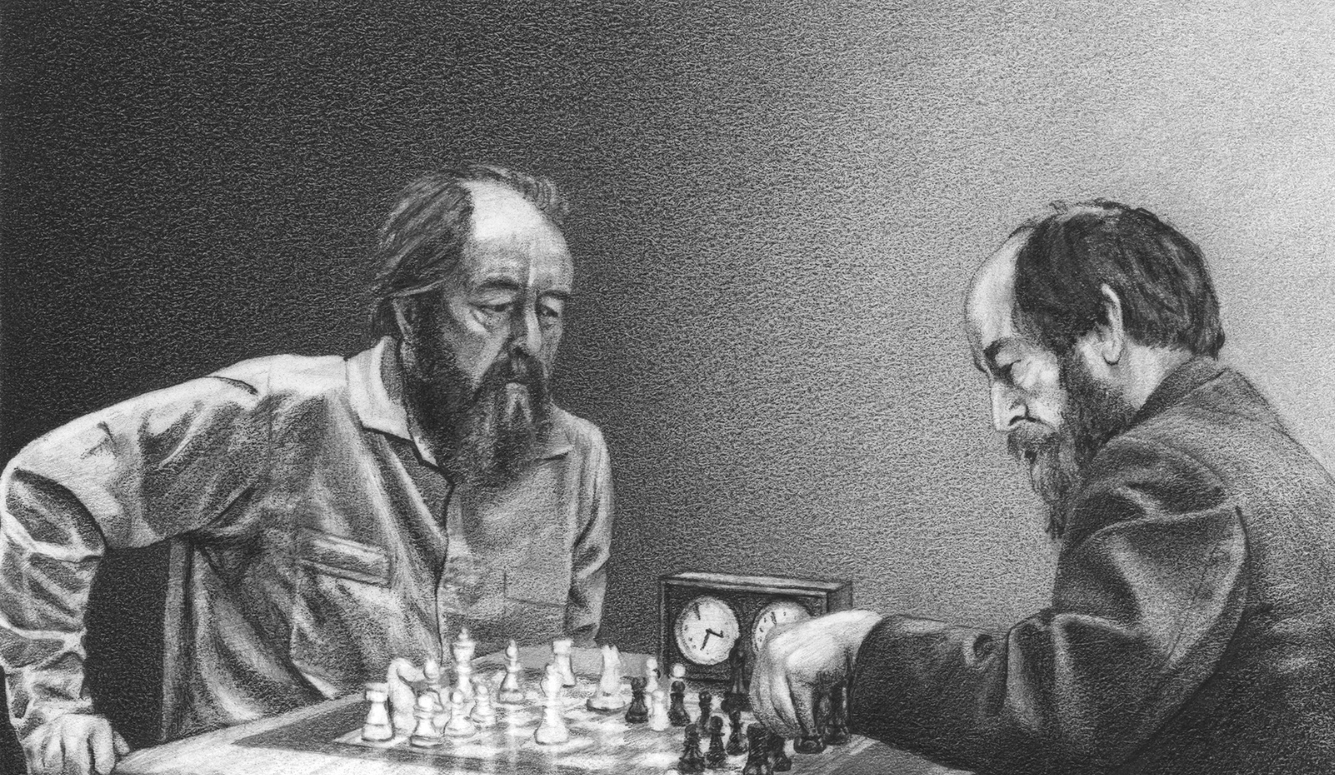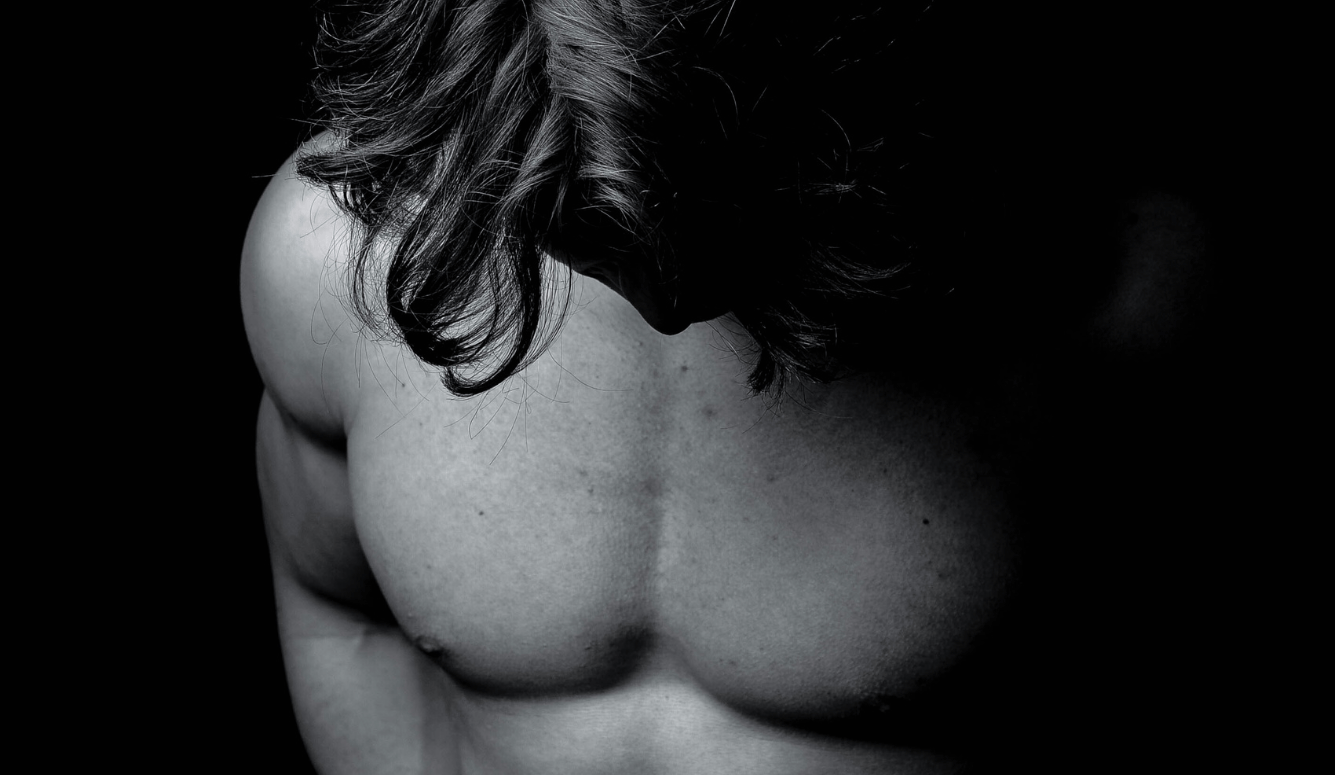Cults
Gender Ideology’s True Believers
I spent 25 years in a cultish political sect. Trans activists are giving me déjà vu.

I know a fair bit about cults. When I was 19, I joined a small, insular, high-control Trotskyist organization, defying dear friends who told me it was a cult. I was so sure they were wrong—that the very idea defamed the funny, intelligent, well-intentioned people I was beginning to know—I stayed in the group for over 25 years. During that time I fought for many false and dangerous views, and helped spread antisemitism and misogyny. I also enjoyed the most transcendent sense of purpose, belonging, and love I have ever known.
A cult can make you feel wonderful. It feels like the family you choose for yourself, the refuge that allows you to survive a soul-crushingly lonely world. It sweeps you up in an embrace so all-encompassing that nothing and no one else matters, and the outside effectively ceases to exist. The heady rush of those early days is inevitably followed by abuse, but in the bell jar that is your world, the pain only convinces you to persevere. You become consumed by the need to chase a mirage—the love the cult promised you—and cannot conceive of life anywhere else. Like an abusive relationship, a cult breaks you down so incrementally you don’t see it happening: you only come to know that you cannot live without it.
My friends who had warned me about the group were right, although it took years of determined, achingly solitary, sometimes sick-making thinking and reading to see it. Quitting the party, which I did with great difficulty in 2016 for reasons I won’t go into here, was only the beginning. The more painful part was recognizing that not only had I been very wrong about some terrible things, but I’d believed blatant lies—falsehoods so transparent a child could see through them. How—I howled to myself—did this happen?
I soon found my answer, the only one that made any sense. The lies originated with a revered, much-loved charismatic figure who could not be challenged: my party’s Great Leader. A group comprised of sometimes brilliant, well-read, critically minded people would not only agree, but believe, that two plus two equals five—if the Great Leader said so.
I proceeded to read everything I could find about cults by experts and former members of various groups, then enrolled in a master’s degree course in a discipline I hoped would help me understand my experience. And it did. But putting aside Freud, the Frankfurt School writers, and all the other intellectuals I loved, I was forced to wrangle for the first time with post-structuralism and post-modernism—including, Lord help me, Judith Butler’s theories about gender. I tried to keep an open mind: after all, my entire worldview had gone belly-up. Maybe I should discard my party-instilled adherence to the Enlightenment tradition and materialism along with everything else that had proved wrong. But although I tried to give voice to these ideas artfully in school essays, I couldn’t help but find Butler and her acolytes spewers of so much mumbo-jumbo.
I assumed, however, that it was harmless—a bit of ivory-tower play-acting. Surely, no one truly believes that gender is only a “performance,” and that material sex is irrelevant? Anyway, I was preoccupied with trying to understand why the Left has such a problem with antisemitism. I tried to put the weird things being said about gender out of my mind. I fully support equality and lives free of stigma for the LGBTQI community. As near as I could make out, that’s all gender theory amounted to.
Except… this odd unsettled feeling kept trying to emerge in a suppressed little pocket of my mind. It reared its head when all right-thinking people declared that JK Rowling’s 2020 essay on sex and gender—a piece I’d found perfectly reasonable, intelligent, and humane—proved she was a hateful transphobe. And then again, when I read about domestic-violence centers, rape-crisis centers, women’s bathrooms, women’s sports, and women’s prisons ordered to admit any male-bodied person who claimed to identify as a woman; and about the breathtaking speed and ease with which teenage girls were convincing therapists and doctors to prescribe them testosterone and lop off their healthy breasts; and about the novel media practice of reporting that a violent sexual assault had been committed by a woman when the photo clearly showed a biological male. And I especially felt uneasy when I read about the many individuals—almost always women—hounded, threatened, cancelled, and forced to resign for questioning or challenging any of this.
Finally, I recognized my unsettled feeling. It was the same one I’d had in my political group when something I was told contradicted what I knew, but I couldn’t let the thought surface. A siren wailing just below the threshold of consciousness, an alarm so deftly dismissed that the mind smooths all memory of the act away. Call it cognitive dissonance, or doublethink. Once you see it for what it is, there’s no way to unsee it. You join the people watching in awe and horror as the world seemingly goes insane, wondering: How can so many intelligent people, not to mention reputable institutions, insist on something that is manifestly untrue and harmful?
I was struck by the many people calling trans activism a cult. Sometimes, they were parents whose children were transformed seemingly overnight into mouthpieces of incomprehensible jargon and vitriol; sometimes they were detransitioners or desisters who’d perhaps been those children. Both groups have my sympathy, and I agreed with them, but it cries out for elaboration beginning with the questions: What is a cult? And does the term really apply to trans activism?
I don’t intend the term as a slur. I’m also well aware that the images it evokes—vapid smiles and glazed eyes, the guy on the street corner passing out laminated literature and intoning about doomsday—defy the living experience of the everyday person becoming attracted to a cultish group. In saying today’s trans activism bears similarities to a cult, I mean no disrespect to those people who assume that the movement simply represents trans rights, or to trans people who may not agree with the activism conducted in their name. After reading and watching countless articles and videos by many trans people, as well as detransitioners and desisters, again and again, I’ve been struck by the obvious intelligence, goodwill, articulateness, and independence of spirit that seem to characterize this disparate group.
So I use the c-word with mixed feelings, knowing it could be a huge turnoff for many people whom I’m trying to reach. I’ve decided to use it anyway. Because if I had to distill my objections to trans activism into one bite-sized morsel, it would be that it denies people the language they need to express reality. I use the word “cult” not as an insult, but because it fits.
What are the characteristics of a cult? In 1961, psychiatrist Robert Jay Lifton published an admirably nuanced study on the workings of Chinese re-education camps that, decades later, was snapped up and passed around by former Moonies and ex-members of other cultish groups. Although Lifton hadn’t specifically written about cult members, these readers said his description sounded exactly like what they’d been through. Lifton went on to study cults (among other juicy subjects) explicitly. But his 1950s work on “brainwashing” in China is what still gets widely cited as containing one of the most insightful known descriptions of the inner workings of a cult.

Lifton identified eight psychological themes underpinning thought reform—which is to say the ideological coercion (or, more colloquially, “brainwashing”) that happens in cults as well as totalitarian states.
The first is “milieu control,” the severing of communication with those who challenge the group’s beliefs. I need not belabor the obvious application to radical trans activism. The cancelations and threats against gender-critical feminist activists, professors, writers, publications; the Twitter pile-ons, unfollows and blocks of those suspected of wrongthink: with help from automated methods, supporters of trans activism become sequestered in a community as closed to outsiders as my party was. No one is told not to communicate with outsiders or read opposing views—they don’t have to be. Followers may even occasionally make a point of checking out the opposing views of “TERFs” (a term of abuse that stands for “trans-exclusionary radical feminist”) to prove they can refute them, but the act is a charade. A dutiful scroll through a “TERF” essay is “reading” in quote marks, with a mind fully shut. Opening one’s thinking to opposing views would not only throw into question the group’s ideology, but jeopardize the follower’s treasured sense of belonging and purpose. The follower identifies so completely with the group that challenges to it are perceived as an existential assault—even “violence,” as trans activists will claim.
Then there’s the experience of trans children’s parents. If they do not immediately “affirm” their child’s form of self-identification, activists will urge not only the child, but also professionals and institutions, to regard the parents as reactionary and toxic. Many schools obligingly don’t tell parents that their child has “come out” as transgender and has a new name; trans activists on YouTube instruct kids on how to order breast binders without their parents knowing; therapists provide tips to kids for getting on cross-sex hormones by lying to their parents about being suicidal or saying they have always “known” they were transgender. If the parent fails to comply, the child is encouraged to declare the parent a transphobe and cut relations. Unsupportive or genuinely transphobic parents obviously exist, but the prevailing attitude of treating even mildly cautious parents as the enemy suggests a truly cultish milieu.
“The demand for purity” also stands out among Lifton’s criteria. The group drums into the follower the idea that she or he is guilty or unworthy in some way, and can only hope to alleviate this feeling of culpability by embarking on a futile pursuit of perfection. A teenage girl who hates her body and thinks she is fat (i.e., almost every girl in the Western world) might turn to Tumblr for help starving herself, for instance. There, she finds a wonderfully supportive community and spends more and more time in discussion with online friends. They are deeply committed to social justice, and she becomes increasingly aware that as a white middle-class “cishet” girl, she is an oppressor. Declaring herself trans allows her to join the oppressed community, and the decision is greeted with a roar of approval. Online trans forums (often assisted by helpful school counselors, administrators, therapists, Planned Parenthood clinics, doctors, and others) then take over. They guide the girl along the chosen path: first boys’ clothes and instructions on “acting like a boy”; then painful binders to suppress those disgusting breasts; maybe surgery to remove them; puberty blockers followed by testosterone; perhaps more surgery. The ideal self is always just out of reach. The girl suppresses any doubts she might have. She knows that if she admits she thinks transition was a mistake, the group will heap scorn on her and she’ll be cast out, so she persists. The group’s approval means more to her than her inner knowledge of her own needs.
“Loading the language” and “sacred science,” two more of Lifton’s criteria, could have been written with trans activism in mind. The group’s dogmas are cast as the latest frontier in scientific knowledge and cannot be questioned. “Trans women are women” must be intoned by all right-thinking people under threat of ostracism; other mantras bearing the aura of scientific expertise abound. “Gender identity is a spectrum.” “Sex is assigned at birth.” “Gender identity is immutable.” “Gender affirmation saves lives.” Gender ideology is drilled into children from a young age at school; media, charities, and public institutions echo the line; critics are hounded and dismissed.
Lifton noted that thought reform is characterized by a reliance on the “thought-terminating cliché” and transformation of language. New words convey the group’s insights while existing words are given new meaning. “Non-binary,” “cishet,” “genderqueer,” and “genderfluid” are just the beginning of today’s new lexicon. An online glossary listed on a website that presents itself as a source for medical information lists 72 genders, from “agender” to “omnigender,” with more neologisms no doubt on their way.
trans women are women trans women are women trans women are women trans women are women trans women are women repeat after me trans women are women
— ashnikko (@ashnikko) June 11, 2020
As I was writing this essay, US Supreme Court nominee Ketanji Brown Jackson was asked if she could provide a definition of the word “woman.” Judge Jackson shook her head apologetically. “I’m not a biologist,” she said. One of the finest legal minds in the country could not say the words, “adult human female.” And in this respect, she is very much on-message: Trans activists have rejected the word “woman” in favor of the following partial list: chest feeders, vagina owners, menstruators, people with uteruses, cervix havers, birthing people, bleeders. The fact that countless women find these terms bizarre (and often inaccurate), not to mention objectifying and offensive, is deemed irrelevant. The new language is declared more scientific and inclusive to transgender people, and this is all that matters.
History books are being rewritten to reflect trans ideologues’ supposed insights. Some children are taught that Boudicca, Joan of Arc, George Eliot, George Sand, Sally Ride—basically any woman widely honored for her courage, intelligence, tenacity, and independence of spirit—were most likely transmen. The progressive cognoscenti have apparently come to understand that these qualities cannot be associated with a woman.
Proceeding down Lifton’s eight-point list: Under the headings of “doctrine over person” and “dispensing of existence,” we get some of his most chilling observations. The doctrine prevails over any individual human’s life, which becomes essentially expendable. If an individual’s experience contradicts the group’s doctrine, that person’s reality must be manipulated so the doctrine is vindicated. And so detransitioners, whose harrowing personal accounts impugn trans ideology, are shrugged away with some version of the explanation, “They were obviously never really trans to begin with.” Even though this directly contradicts a core tenet of trans ideology—“If someone says they’re trans, believe them”—the sanctity of the doctrine is nominally affirmed and the individual is disappeared. The media silencing of detransitioners and desisters is one of the most disturbing reflections of the obeisance commanded by trans activists, never mind the women, men, and children who suffer as a result of their dogmas.
“The totalist environment draws a sharp line between those whose right to existence can be recognized, and those who possess no such right.” Lifton’s words could have been written about radical trans activists in their attitude toward critics. JK Rowling says she’s received so many death threats she could paper her house with them. Death threats, rape threats, misogynist obscenities, cancellations are standard fare for women, and some men, who speak up against both the erosion of women’s rights and trans ideology’s implicit homophobia. In Britain recently, a mob chanting “Fuck TERFs” over a sound system raged outside a women’s group meeting held to discuss the importance of maintaining single-sex spaces. Misogyny-fueled hate is on full display around the globe.
A mob of about 200 predominantly white middle class entitled trans rights activists shout "Fuck terfs" & "Shame on you!" in an attempt to drown out the words of a Zimbabwean refugee speaking about FGM & violence against women at #WPUKManchester#RightSideOfHistory apparently 🙄 https://t.co/34nwJ75jH6
— LesbianStrength (@StrengthLesbian) March 25, 2022
I know something about this kind of hate—though I didn’t recognize at the time that’s what it was. Hate is a base, ugly thing, and my heart was pure. When I joined my comrades in hissing against “Zionistsss” and “feministsss,” I was siding with oppressed against oppressor—and oh how righteous it felt, how good. How deeply satisfying to belong to a community united in agreement that these Jews, or these women, are enemies of progress and virtue. The enemy has been named; justice cries out for blood. Something primal is invoked in heeding that cry, something that tastes metallic and smells of the hunt. A transgressive thrill; a rush of adrenaline; in short: fun. Hate provides pleasure, particularly when you convince yourself it isn’t hate. Cloak it as social justice and it’s a win-win.
Every totalitarian or authoritarian group or movement—and cults are crystallized authoritarianism—coheres in opposition to a group that it hates. This was the particular insight of the Frankfurt School, some of whose intellects observed in The Authoritarian Personality that “[the] authoritarian must [their emphasis], out of an inner necessity, turn his aggression against out-groups.” When trans activists howl against “TERFs,” they’re demonstrating behavior that these authors would have recognized. But no matter how blatant the misogyny to outsiders, no matter how obvious the falsehoods, those inside are committed to blindness—because seeing the ugliness and lies would deprive them of what they hold most dear in the world: not just their hate for heretics, but their love for the group.
That’s what I experienced: a transcendent sense of belonging in a lonely fragmented world. And so when a girl renounces her parents and says she’s found her “true” family in the online trans community—people she’ll probably never actually meet—she’s not only telling us something about herself, but also something grotesque and horrible about a society that drove her to this kind of place.
Much as I’m concerned about what these gender cults are doing to children, I try not to harshly judge the people who succumb to them—because I was once just like them. I know what propels confused people into these dark worlds. And once you’re in, I know how hard it is to escape.
